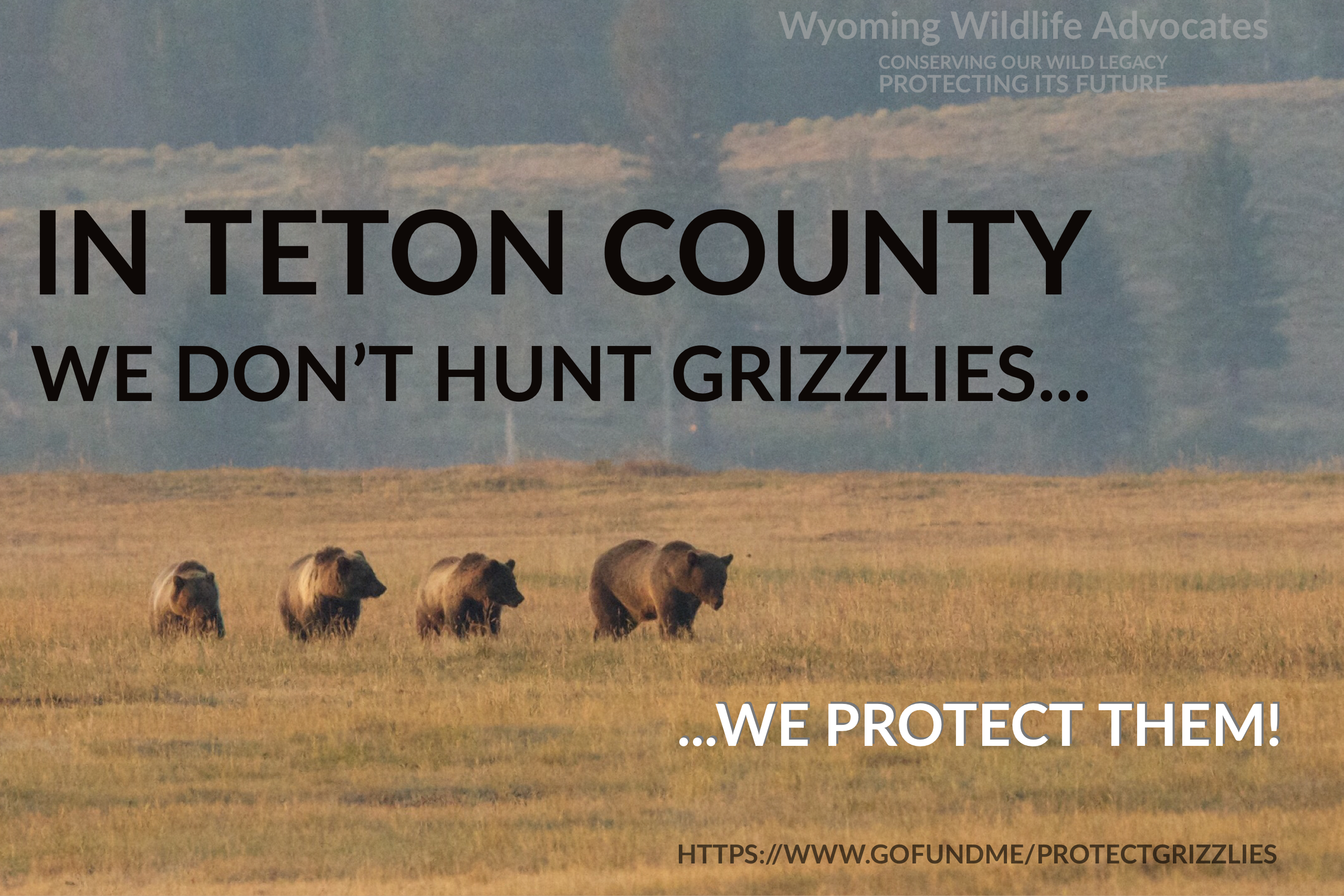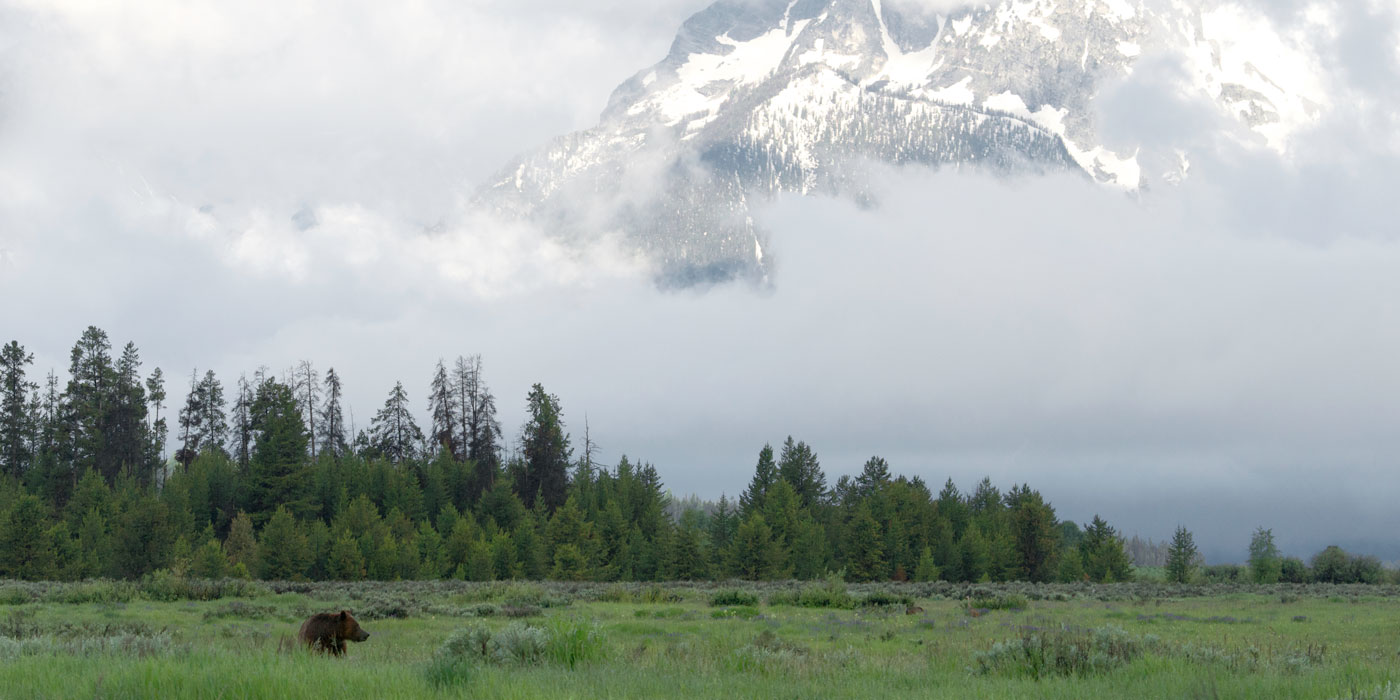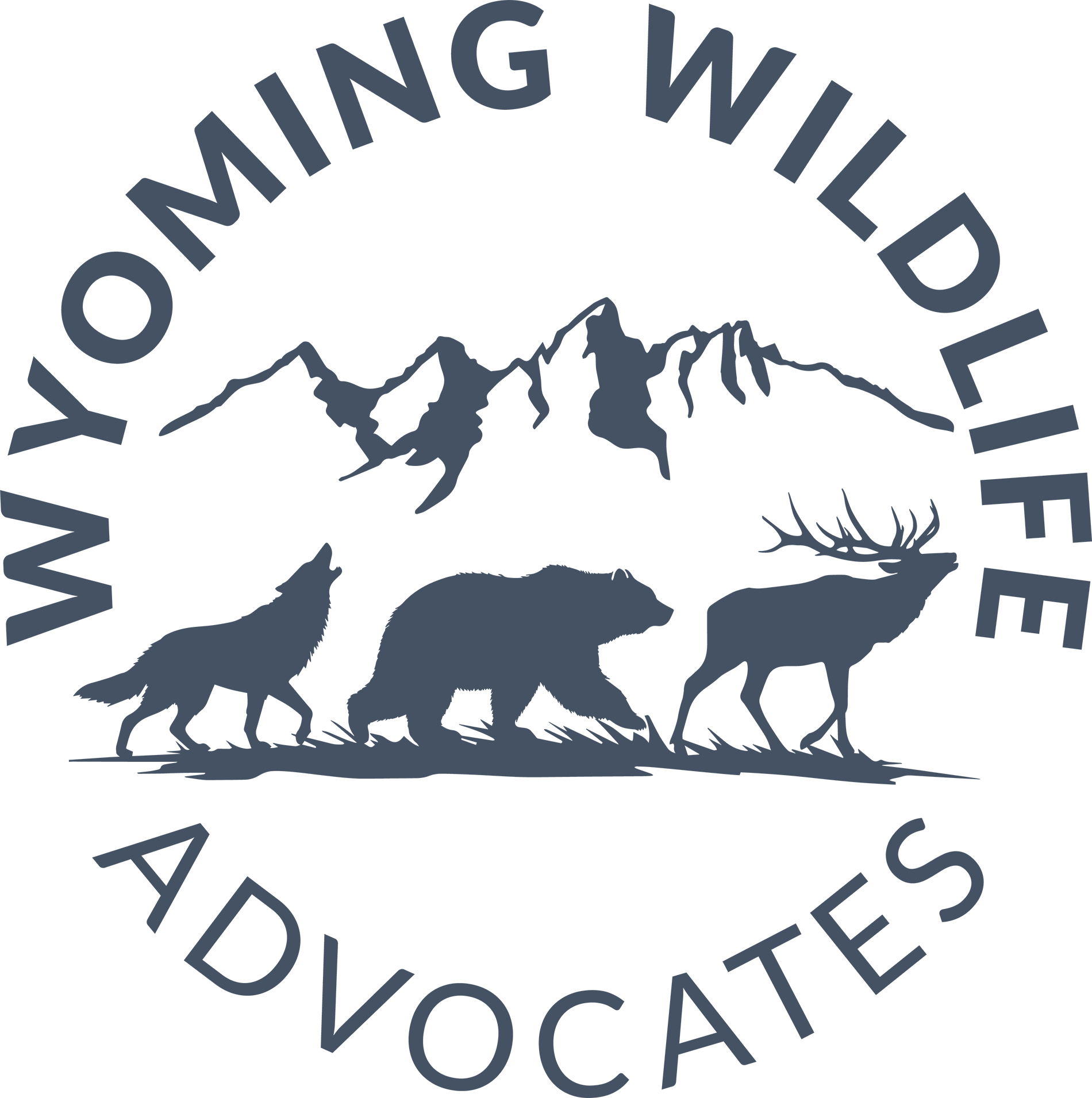|
HERE’S WHAT YOU NEED TO KNOW
Roadless Rule FAQ
What is the Roadless Rule?
The Roadless Area Conservation Rule, often called the Roadless Rule, is a federal policy created in 2001 that protects nearly 58 million acres of undeveloped national forests from road building and industrial development.
Why is it important?
Roadless areas provide clean drinking water for more than 60 million Americans, habitat for wildlife like grizzly bears, elk, and native fish, and world-class recreation opportunities. They also help fight climate change by keeping old forests intact.
Who enforces the Roadless Rule?
The U.S. Forest Service manages and enforces the Roadless Rule across our national forests and grasslands.
Does it allow any roads at all?
Yes. The Roadless Rule has built-in exceptions. Roads can be built for emergencies such as wildfire response, floods, or to connect isolated communities. Routine forest management and habitat restoration can also still occur.
Why is it in danger of being rolled back?
Industries like logging and oil and gas want access to the timber, minerals, and resources in roadless areas. Rolling back the rule would open the door to more roads, logging, and drilling.
How do roads harm forests and wildlife?
Roads fragment habitat, pollute drinking water, increase wildfire risk, and make it easier for harmful industrial activities to spread into previously untouched areas. For wildlife like grizzlies, more roads mean more dangerous human encounters and less secure habitat.
Is the Roadless Rule popular?
Yes. It is considered one of the most successful conservation measures in U.S. history. Millions of Americans spoke up in favor of it when it was created, and it continues to have broad bipartisan support. |






